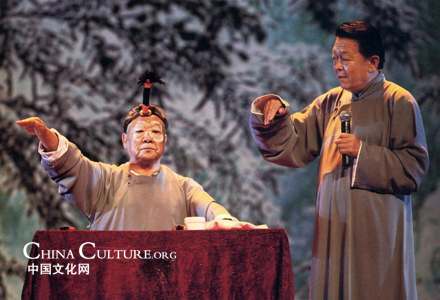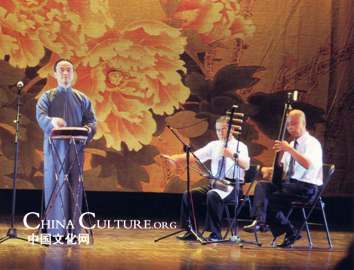About Intangible Heritage
The Convention for the Safeguarding of the Intangible Cultural Heritage defines the intangible cultural heritage as the practices, representations, and expressions, as well as the knowledge and skills that communities, groups and, in some cases, individuals recognize as part of their cultural heritage. It is sometimes called living cultural heritage, and is manifested among other things in the following domains:
Oral traditions and expressions, including language as a vehicle of the intangible cultural heritage; performing arts; social practices, rituals, and festive events; knowledge and practices concerning nature and the universe; traditional craftsmanship.
The intangible cultural heritage is transmitted from generation to generation, and is constantly re-created by communities and groups, in response to their environment, their interaction with nature, and their historical conditions of existence. It provides people with a sense of identity and continuity, and its safeguarding promotes, sustains, and develops cultural diversity and human creativity.
Editor: Hu Zhicheng


